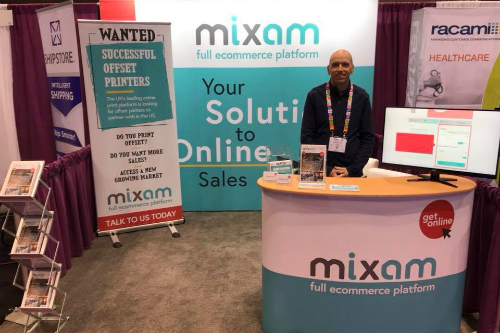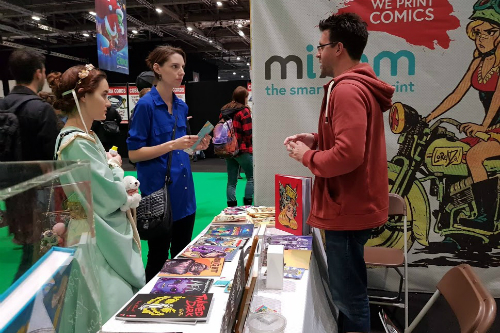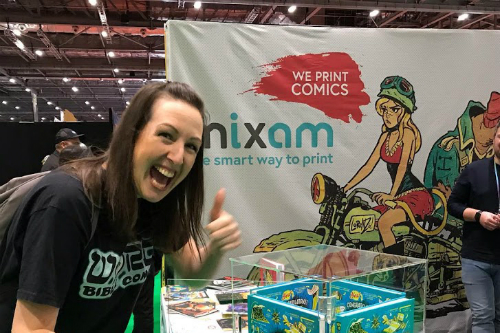Having a successful exhibition is all about being organized and knowing the steps you should take. However, doing so isn’t as easy as it sounds because there’s a lot to consider. What do you need to do before the exhibit? Who will oversee the brochures and booklets printing? How are you going to bring people to your booth? Is training your staff really necessary?

These are just few questions that will occupy your mind, and if you don’t have a plan it’s easy to become conflicted and stressed, leading to overwhelm and poor decisions. Every single detail must be nailed down, and therefore a plan is highly recommended, to know what you should do before, during and after the exhibition. Plan for success, and also plan to adapt as needed when issues arise.
Here are some tips to keep in mind for your next exhibition event…
Before the exhibition
First, it’s a good idea to carefully read the agreement between you and the organizers before you register for an exhibition, in order to make sure you fully understand what’s stipulated in the contract. Ask them questions regarding the booth, power supply, spaces available, rules, etc.

Next, get your marketing plan in place:
- First, you should announce your participation in the exhibit on your website and on other platforms accessed by people who might be interested. You should also send invites to your existing partners and clients.
- Now it’s time to design your booklets, flyers and catalogues. Make sure you include updated information regarding your product or service in the promotional materials. You should also mention your website, social platforms and all the ways in which possible partners can contact you. Once everything is ready you can use an online printing and delivery service. It will save you a lot of time!
- Be ready to create a database. This will be very useful, because you can use it to ask for feedback and for advertising your products or services. You can print forms for the visitors to fill with their name and e-mail address.
- If you’re planning to sell something in the exhibition, make sure the process will go smooth for the customers: cash and credit card payments should both be available.
- Think about a good selling strategy and come up with something that will bring visitors to your booth: a debate, a draw with small prizes, an interesting presentation.
Prepare your staff
Make sure your staff is well-prepared for the exhibit. Train them, if necessary. The support received from your team is very important, so everyone should know how to speak to potential customers, and how to convince them your company is the best on the market. Your staff members should have thorough knowledge regarding your business, and be ready to answer any question a customer might ask.

During the exhibition
Your main goal during the exhibit is to attract many visitors to your booth. In order to be seen, you should place roll-ups and banners in strategic spots. Once someone stops to check what you are offering, make visual contact and smile. The majority of the visitors will show interest in your products or services, because they will feel you are a welcoming person who will give them attention.
- Make sure your team members are as welcoming as you — don’t push too hard for an immediate sale!
- Potential customers should be educated about your services or products, but remember an aggressive approach will scare them away.
- Everyone stopping at your booth should receive a booklet, brochure and/or business card without exception.
- Ask all the visitors to provide you with feedback, regardless if you sealed the deal with them or not, in order to help figure out what holes you need to fill in the future.

After the exhibition
Part of the secret of exhibition success is not stopping the work once the exhibition is finished. At the end of the event you should follow-up with leads, and evaluate the overall success of the event in terms of leads, sales, feedback, etc. Use all the resources you have: feedback from your team and customers, how many visitors passed by your booth, how many of them agreed to give you their contact details, and how many new customers or partners you gained.
Being proactive is important if you want to be successful. This is why you should send all information, promo materials, samples and quotes to possible partners and clients in the shortest time possible after the event ends. The sooner you do this, the better. People will understand that you are taking the job seriously and will be more willing to work with you.


